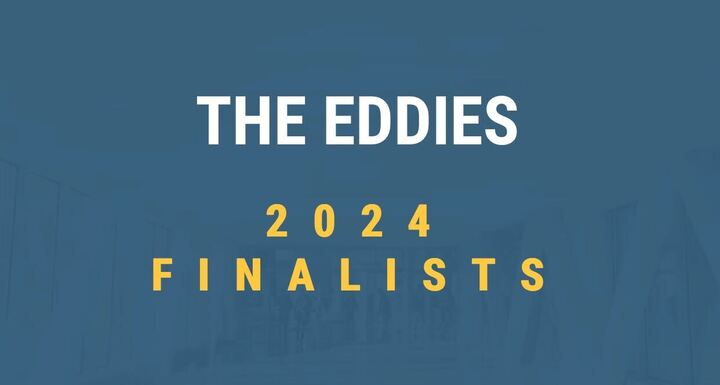


COVID 19 pandemic has really expedited use of Remote Patient Monitoring (RPM). There is a plethora of documentation about the access to care, cost savings, optimization of care etc. According to CDC, 90% of the nation's $4.1 trillion in annual health care expenditures are for people with chronic and mental health conditions. Chronic obstructive pulmonary disease (COPD) and acute asthma exacerbations are the most common respiratory diseases requiring emergent medical evaluation and treatment.

COVID 19 pandemic has really expedited use of Remote Patient Monitoring (RPM). There is a plethora of documentation about the access to care, cost savings, optimization of care etc. According to CDC, 90% of the nation's $4.1 trillion in annual health care expenditures are for people with chronic and mental health conditions. Chronic obstructive pulmonary disease (COPD) and acute asthma exacerbations are the most common respiratory diseases requiring emergent medical evaluation and treatment.

COVID 19 pandemic has really expedited use of Remote Patient Monitoring (RPM). There is a plethora of documentation about the access to care, cost savings, optimization of care etc. According to CDC, 90% of the nation's $4.1 trillion in annual health care expenditures are for people with chronic and mental health conditions. Chronic obstructive pulmonary disease (COPD) and acute asthma exacerbations are the most common respiratory diseases requiring emergent medical evaluation and treatment.

COVID 19 pandemic has really expedited use of Remote Patient Monitoring (RPM). There is a plethora of documentation about the access to care, cost savings, optimization of care etc. According to CDC, 90% of the nation's $4.1 trillion in annual health care expenditures are for people with chronic and mental health conditions. Chronic obstructive pulmonary disease (COPD) and acute asthma exacerbations are the most common respiratory diseases requiring emergent medical evaluation and treatment.

COVID 19 pandemic has really expedited use of Remote Patient Monitoring (RPM). There is a plethora of documentation about the access to care, cost savings, optimization of care etc. According to CDC, 90% of the nation's $4.1 trillion in annual health care expenditures are for people with chronic and mental health conditions. Chronic obstructive pulmonary disease (COPD) and acute asthma exacerbations are the most common respiratory diseases requiring emergent medical evaluation and treatment.

COVID 19 pandemic has really expedited use of Remote Patient Monitoring (RPM). There is a plethora of documentation about the access to care, cost savings, optimization of care etc. According to CDC, 90% of the nation's $4.1 trillion in annual health care expenditures are for people with chronic and mental health conditions. Chronic obstructive pulmonary disease (COPD) and acute asthma exacerbations are the most common respiratory diseases requiring emergent medical evaluation and treatment.

COVID 19 pandemic has really expedited use of Remote Patient Monitoring (RPM). There is a plethora of documentation about the access to care, cost savings, optimization of care etc. According to CDC, 90% of the nation's $4.1 trillion in annual health care expenditures are for people with chronic and mental health conditions. Chronic obstructive pulmonary disease (COPD) and acute asthma exacerbations are the most common respiratory diseases requiring emergent medical evaluation and treatment.

BURLINGTON, Mass.--(BUSINESS WIRE)--Massachusetts Innovation Network has announced the finalists for its signature innovation competition, The Eddies. Finalists will have the chance to participate in this 5-month, no-cost, no-equity innovation-support program that includes bespoke mentoring, strategic guidance, leadership education, and curated connections to resources. The winner of each innovation track will receive $10K cash award.

Smoking cigarettes is a common issue. According to research, it is more difficult to quit smoking when your body has been relying on this foreign stimulus for a long time. This research published in Addiction in 2021 monitored thousands of smokers between 2002 and 2014 and found that younger users are more likely to successfully quit for at least 30 days of abstinence. That’s because older users are more likely to smoke heavily and may thus be less encouraged to make quit attempts. Cessation is always a challenging process, but an earlier quit attempt increases one’s chances for success. In this article, we go over a few cessation tips to help young adults in this journey.

Schedule a consultation call to learn more
A discussion focused on the positive influence tech is having on patients, caregivers, providers, and insurers. Hear from these industry leaders on the new insights on digital health technology, investments, & translation to patient care.
Error: Contact form not found.